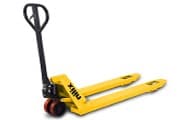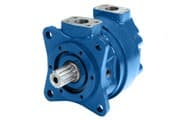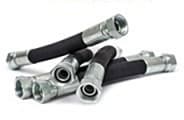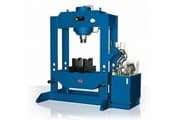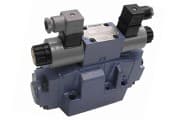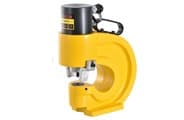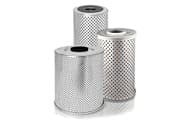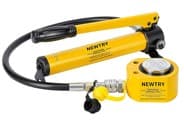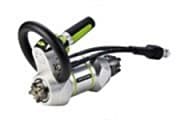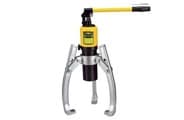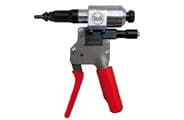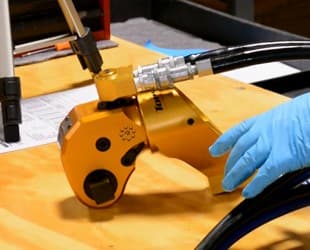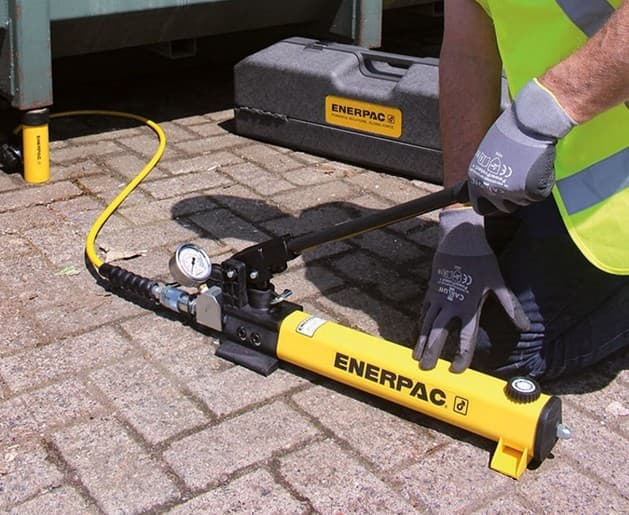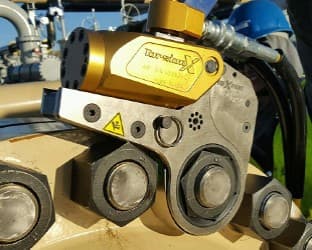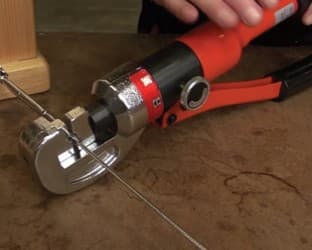Hydraulic Tools
Hydraulic Tools are powerful devices that use fluid pressure to perform heavy-duty tasks with efficiency and precision. By multiplying force through hydraulic systems, these tools are capable of lifting, pressing, bending, cutting, and pulling operations that would be difficult or impossible with manual effort alone. In Pakistan’s automotive, construction, and heavy engineering industries, hydraulic tools are indispensable for reducing labor time and enhancing productivity.
This category includes hydraulic jacks, presses, pullers, pipe benders, crimpers, and cutters. Portable hydraulic pumps, cylinders, and torque wrenches are also widely used in workshops and field operations. These tools are built with hardened steel bodies, high-pressure seals, and precision control valves to ensure safe and reliable performance in demanding environments.
The applications of hydraulic tools in Pakistan are diverse. Automotive workshops in Lahore use hydraulic presses for bearing and bushing replacements. Construction companies in Karachi rely on hydraulic cutters and benders for steel reinforcement work. Industrial plants in Faisalabad employ hydraulic torque wrenches for pipeline and machinery assembly. Farmers and rural mechanics also depend on hydraulic jacks for tractor and heavy vehicle servicing.
Performance depends on hydraulic pressure rating, tool material, and proper maintenance. Regular inspection of seals, hoses, and fluid levels is crucial to prevent leaks and maintain efficiency. In Pakistan’s challenging work environments, robust hydraulic systems ensure long-term reliability and safety.
ToolHoo.com offers a complete range of Hydraulic Tools, from compact jacks to industrial-grade presses and torque systems. With expert guidance, competitive pricing, and nationwide delivery, ToolHoo.com ensures Pakistan’s industries and workshops are equipped with powerful, durable tools for heavy-duty applications. At ToolHoo.com, it’s always “Tools No Toils – Solve IT!”

